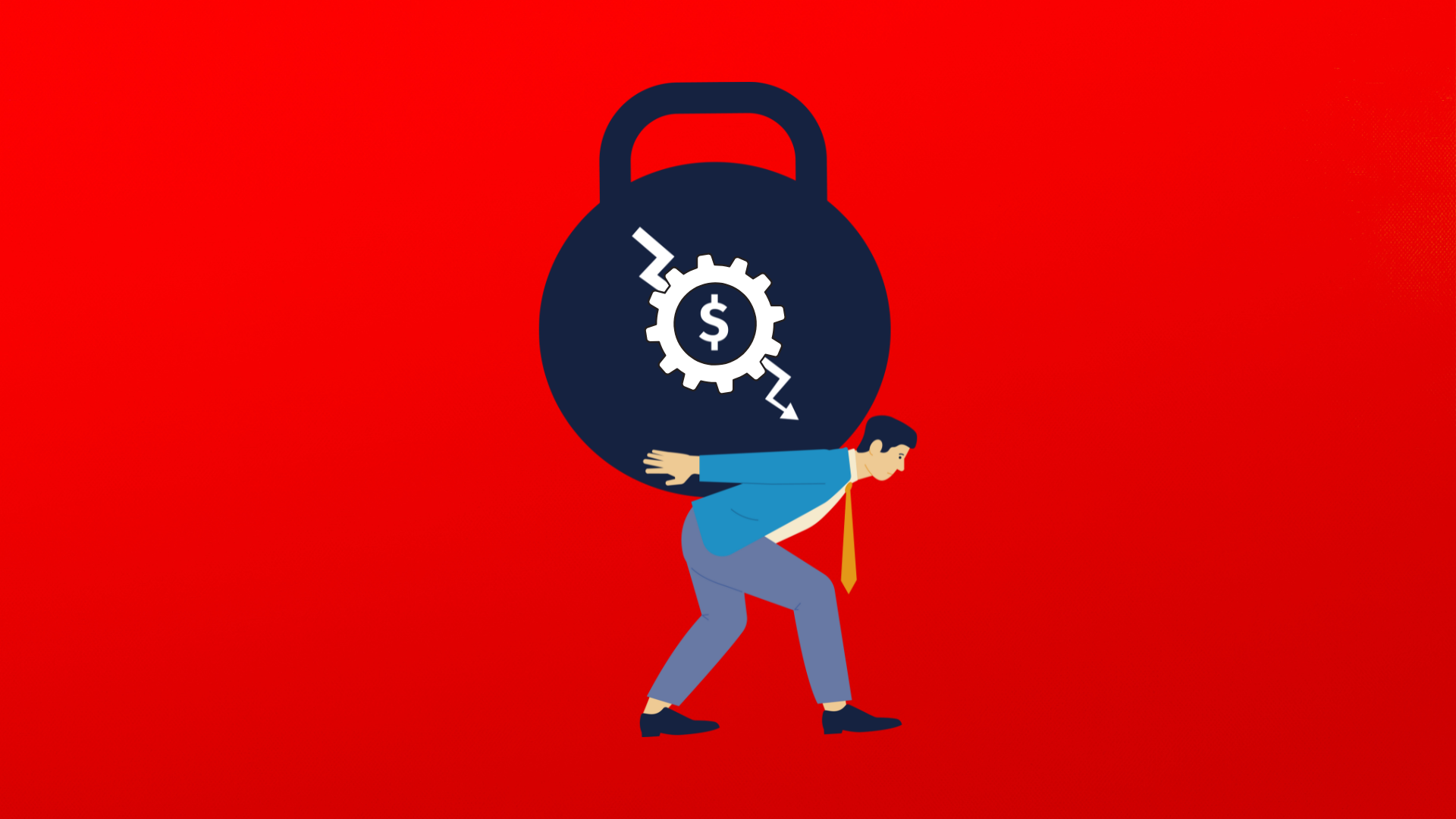You ever walk into a room and feel like something’s just… off?
Not broken. Not on fire. But definitely not working the way it should.
In a way, when tech debt starts to creep up on teams, it kind of starts to feel the same. It doesn’t always announce itself with crashes or chaos. Sometimes it just lurks, often times gets ignored and brushed off, but behind the scenes, starts slowing down your systems, scrambling your data, and leaving your revenue engine full of friction.
What Is Tech Debt in the RevOps context?
Let’s clear something up first: tech debt isn’t just legacy code or dev-only drama.
In RevOps, tech debt is broader and way more common than most teams realize.
Think of it as the messy leftovers from decisions made under pressure; shortcuts that saved time in the moment but now drag things down. Sometimes it’s old tools. Sometimes it’s overlapping processes. And sometimes it’s just a spaghetti pile of platforms that stopped working well together three quarters ago.

Examples of RevOps tech debt:
- Duplicate fields, records, or reports that confuse more than they clarify
- Redundant platforms (hello, three CRMs doing the same job)
- Workarounds built on top of workarounds, until no one remembers the “why”
- Critical systems that should sync…but don’t
Individually? These things are annoying. Together? They block revenue flow.
The Real Cost: Not Just Slower Systems, But Slower Growth
You know that feeling when leads vanish into some pipeline black hole, or reporting takes three people and four tabs to make sense? That’s tech debt in action.
It’s not just technical. It’s operational. And the longer you let it linger, the worse it gets.
“The longer you wait, the bigger and costlier of a problem it becomes.”
We’ve seen companies hit a wall, not because they lacked demand or talent, but because their RevOps foundation couldn’t keep up.
Tech debt quietly drains your:
- Productivity → Teams waste hours chasing down info or patching broken workflows
- Clarity → Dirty data leads to bad decisions
- Morale → When the tools don’t work, the team gets frustrated
- Scalability → You can’t build on shaky ground
And here’s the kicker: when you’re growing fast, it’s easy to ignore until it becomes a full-blown revenue drag.
A Real-Life Snapshot: When Tech Debt Became a Revenue Blocker
We once worked with a fast-scaling B2B company running three separate Salesforce instances.
Each department—sales, marketing, finance—had built their own setup. Over time, their tech stacks grew apart. And so did their processes. Here’s what that looked like:
- Sales was managing leads and deals in their own CRM, but couldn’t trust the data
- Marketing was blasting outdated lists because syncs were broken
- Finance had to pull data from three places and “hope the numbers matched”
It was messy. But worse, it was costing them revenue. Leads slipped through the cracks, reporting was a nightmare, and GTM teams were constantly out of sync.
The solution wasn’t a shiny new platform. It was a structured, phased tech debt cleanup.
Why Cleanups Are Worth It (And Why Most Teams Avoid Them)
Let’s be real: nobody wants to clean up tech debt. It sounds boring. Painful. Like trying to reorganize a junk drawer while your house is on fire.
But the alternative? Slower growth, bad decisions, and eventually…a very expensive rebuild.
What we’ve learned after doing this for dozens of companies is simple: Cleaning tech debt early is always cheaper than fixing it too late.
Once you start clearing out the clutter, things get faster. Reporting gets easier and more accurate. Teams get along better (seriously). And suddenly, that bloated stack starts running like a proper revenue engine again.
What You Can Do Right Now
If anything in this post feels familiar, here are a few simple places to start:
- Check in with your team: What’s everyone using and for what purpose? Where are they struggling? What’s not working?
- List your core GTM tools: Are any doing the same job?
- Spot the workarounds: What are you duct-taping week to week?
- Audit your CRM: Look for duplicate fields, misaligned workflows, or reports no one uses
Quick Q&A: Tech Debt in RevOps
Q: What exactly counts as tech debt in a RevOps environment?
A: Any system, setup, or process that used to work but now slows you down. That includes duplicate fields, messy CRMs, unaligned tools, or customizations that no longer fit your business.
Q: Can tech debt be fixed without starting from scratch?
A: Absolutely. A phased, strategic cleanup is often all you need. We’ll show you how [in this follow-up blog post].
You don’t have to fix it all at once. But you do have to start. We’ll be back soon and expand more on how to tackle tech debt! Can’t wait? Let’s chat!
